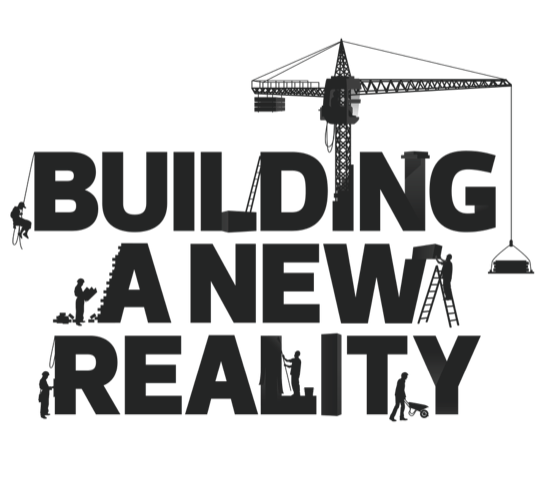Wisps of snow fell on the sloping sidewalk of Main Street in Bethlehem, Pennsylvania.
Though it was a week before Thanksgiving, downtown looked like a Christmas postcard. Bright lights dangled from shop windows, while Christmas wreaths hung on doors, promising visitors a warm, festive sanctuary from the cold.

Inside, in a spacious training room at the International Institute for Restorative Practices (IIRP), the mood on the fourth and last day of a Basic Training Restorative Practices intensive was subdued. More than half of the thirty people in our group had peeled off the day before, as snow snarled roads and threatened school closings. While the remaining members of our group were determined to stay, they made nervous calls and glanced at their phones to check the weather and traffic conditions.
It wasn’t supposed to end like this.
The first few days of the Basic Restorative Practices workshop ran neatly along psychologist Bruce Tuckman’s theory of Five Stages of Team Development. We seamlessly cycled through forming, storming, norming, performing and adjourning (mourning), while learning how to use restorative circles to build social capital, resolve social problems, and respond when harm occurs.
We were in the throes of learning how to conduct a restorative justice conference—from determining the readiness of victims, offenders, their families, and friends, to participate, to running a formal meeting—when news reports heralded wintery weather ahead. The cocoon of learning and sharing we had cultivated over the past few days melted in the face of pressing concerns.
We had officially entered the adjourning stage in Tuckman’s framework for team development. During the adjourning stage, which Tuckman added later, team members have grown close and feel a loss now that the experience is drawing to a close.
The timing couldn’t have been worse.
Now that we had mastered the basics of Restorative Questions and circles, we were in the middle of the most emotionally intense part of the workshop. The role-playing section of the training called for each member in a small group to assume a role as the victim, culprit, family member, friend, and facilitator. We received a loose script of instructions, then acted out our roles. While the event described in the script hadn’t happened to us personally, an empathetic response kicked in.

Individually and collectively, we felt the victim’s loss, parent’s shame, and culprit’s remorse. We clung to the camaraderie we’d built during the previous days, as an emotional container. As the day wore on and our concerns about the weather grew, it became more difficult—for me at least—to remain in the emotional heat of the role-playing scenario and provide the support some fellow participants may have needed.
Nevertheless, I had come a long way since the first day of the workshop, when I had distanced myself from the group and marked myself as somehow different from the others, because I am not an educator or school administrator. By the final day, I even found myself persuading two new participants who had come that morning for the second half of the training, to remain with the larger group during an exercise. Within four short days, I had gone from being an outsider to an advocate.
We cut the final day of training short, as the snow mounted outside. Our goodbyes were a quick series of hugs, phone number exchanges, and promises to stay in touch.
Among the many things I learned and people I met during the week, one thought remained: The most restorative relationship you can have in life is the one with yourself.

